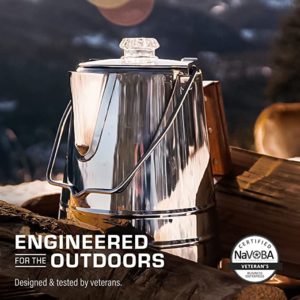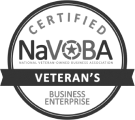Pour Over vs. Drip: The Best Method for Brewing Coffee
Home > Blog > Brewmaster Tips > Pour Over Coffee > Pour Over vs. Drip: The Best Method for Brewing Coffee
To start, let’s talk drip coffee.
DRIP COFFEE
This type of brewing is one of the most common at-home methods – think Mr. Coffee or Hamilton Beach. With this technique, you typically put a certain amount of coffee grounds into the basket of the device and an equivalent amount of water into another cartridge. When the machine is turned on, the water is warmed and dripped over the grounds, which produces coffee into the pot waiting below.
Pretty clear where this method got its name, right?
Of course, there are other instances where drip brewing is used (some types of cold brew are made in a similar way) but this is the most common and wide-spread example.
Here are some of pros and cons of drip coffee:
Pros
Speed
Drip brewing can take less time than pour-over, but typically only if you’re using a single-serve drip brew method (like a Keurig, for example).
Convenience
Some models are programmable, so the coffee begins brewing at a pre-set time.
Cons
Temperature
According to the National Coffee Association, water that is between 195 to 205 degrees Fahrenheit is ideal for optimal extraction, and therefore makes a more flavorful cup of coffee. Oftentimes, automatic drip brewers simply cannot reach this ideal temperature, and you have no way of changing it.
Uneven Distribution
The device that allows the hot water to drip over the grounds, therefore creating coffee, is called a “showerhead.” In most automatic brewers, the “head” does not actually distribute water evenly over the grounds, thus creating an uneven and unsavory brew.
Little to No Customization
You know those buttons on your average drip brewer that say “Stronger” or “Bolder”? Well, those are essentially just gimmicks trying to make you feel as if you’re controlling the flavor/strength of your coffee. In reality, you’re not. These machines have very specific, pre-programmed actions, and there is truly no controlling them.
Now for our personal favorite, pour over coffee.
POUR OVER
Like drip coffee, pour over can be made in a few different ways, in a few different devices. But, typically, this method involves pouring hot water over freshly ground coffee and allowing the coffee to drip into a vessel below.
Sound familiar?
You might be wondering what the difference truly is between the two techniques. At their cores, both methods involve pouring hot water over coffee grounds to produce a brew into a container of some kind. But while there might be some essential similarities, there are some upsides to pour over that drip brew simply does not have.
Pros
Durable
Generally speaking, well-made pour over coffee makers will last you years and years. Not only that, but they’re easy to clean and maintain! In contrast, cheap automatic drip brewers have a tendency to break easily, are oftentimes difficult to clean, and tend to let mold build up inside. Oftentimes, you cannot even see it growing.
Control
This has to be our favorite aspect of pour over coffee. Like we mentioned above, drip coffee and pour over seem similar in their basic infrastructure, but the defining difference is that you get to control how the water is poured over the grounds. The fact that you get to determine the speed and coverage of your pour allows you to customize your brew in a way automatic machines simply do not allow.
More Flavorful
Another great aspect of the control this method provides is the flavor of your brew. The more water you add at one time, the longer it stays in contact with the beans and the stronger your brew will be. This is more effective on the richness of your coffee than any “Bolder” button on a drip brewing machine. Conversely, if you like “weaker” coffee, you know not to let the grounds steep for too long.
Cons
Slower Brewing
This might be true in some instances, but this is not necessarily accurate across the board. It takes 10 minutes to brew a full pot of coffee in an automatic drip brewer, whereas it takes about six to seven minutes for percolator coffee to brew and French press about four minutes. Pour-over coffee can be made, start-to-finish, in under five minutes.
So, What Wins the Pour Over vs. Drip Coffee Battle?
In our humble opinion (if you couldn’t tell) we believe that pour over coffee reigns supreme. With the ability to control the speed of your pour and the flavor/strength of your brew, we love the customization this option provides. And you certainly get the most bang for your buck, considering you would have to pay hundreds of dollars to get a drip brewer that makes the same quality of coffee.
Beyond this, we believe pour over coffee produces a fresher-tasting, more delicious cup of coffee!
We’ve made it clear where we stand in the pour over vs. drip coffee debate, but where do you land? If you are still not sure, it’s important to try all the different coffee-making techniques to determine your ideal method! So make sure to get your hands on a pour over coffee cone (assuming you have got a traditional drip brewer already at home) and discover the difference for yourself.





